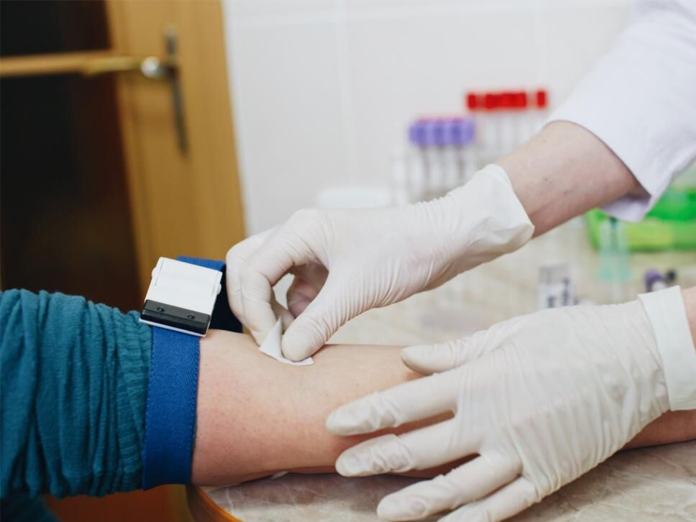New bile acid blood test to predict risk of stillbirth

A simple blood test could be a better way to measure the risk of stillbirth for women with a common liver disorder, say researchers
London: A simple blood test could be a better way to measure the risk of stillbirth for women with a common liver disorder, say researchers.
The findings, published in The Lancet journal, will help doctors identify the women with intrahepatic cholestasis of pregnancy (ICP) who are at a low risk to carry on their pregnancy normally.
ICP is a liver disorder causing build-up of bile acids in the blood. Pregnant women showing symptoms of ICP are often offered early induction of labour at around 37 weeks in order to prevent stillbirth.
The study showed that the likelihood of stillbirth as a result of ICP is related to the concentration of bile acids in a pregnant woman's blood, which can be determined by a simple blood test.
Currently, more than 15 per cent of women (at least 18,500 globally) with bile acids below the 100 micromole per litre threshold are delivered early.
"This marks a real step forward in the diagnosis and management of liver disorders during pregnancy. Being able to measure the risks to women and their babies by simple tests allows doctors to concentrate treatment on those who really need it," said Caroline Ovadia, lecturer at King's College, London.
"It also means that women will not have to be offered preterm birth unnecessarily which comes with associated risks to their babies, including admission to neonatal units, breathing problems and jaundice.
"We are hopeful our findings will help to improve pregnancy outcomes in high risk women and allow thousands of pregnant women to be reassured that their ICP does not pose a significant risk to themselves or their babies," Ovadia said.
To understand the link between ICP, bile acid levels and stillbirth, the authors analysed more than 170,000 pregnancies from 40 international studies.




















